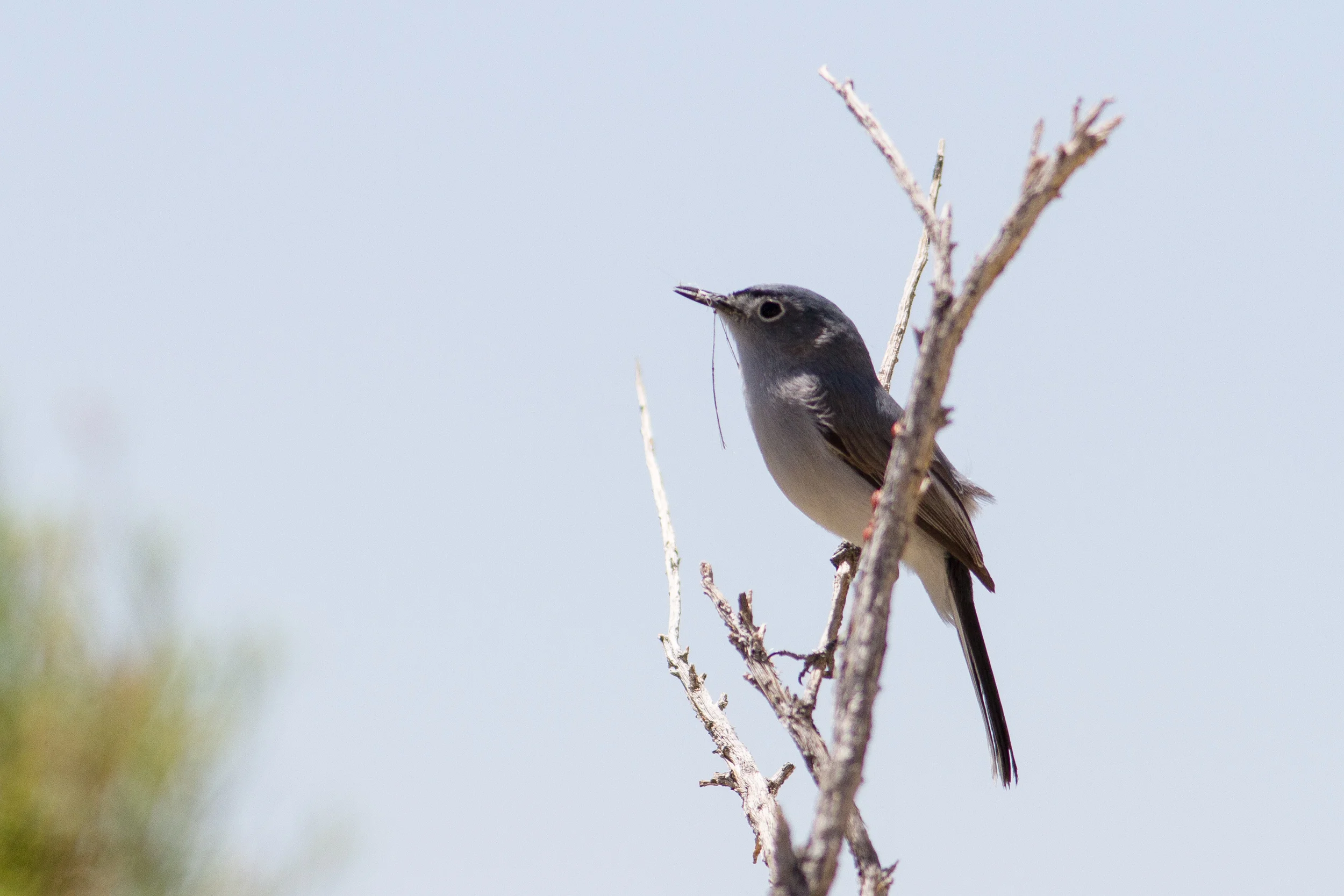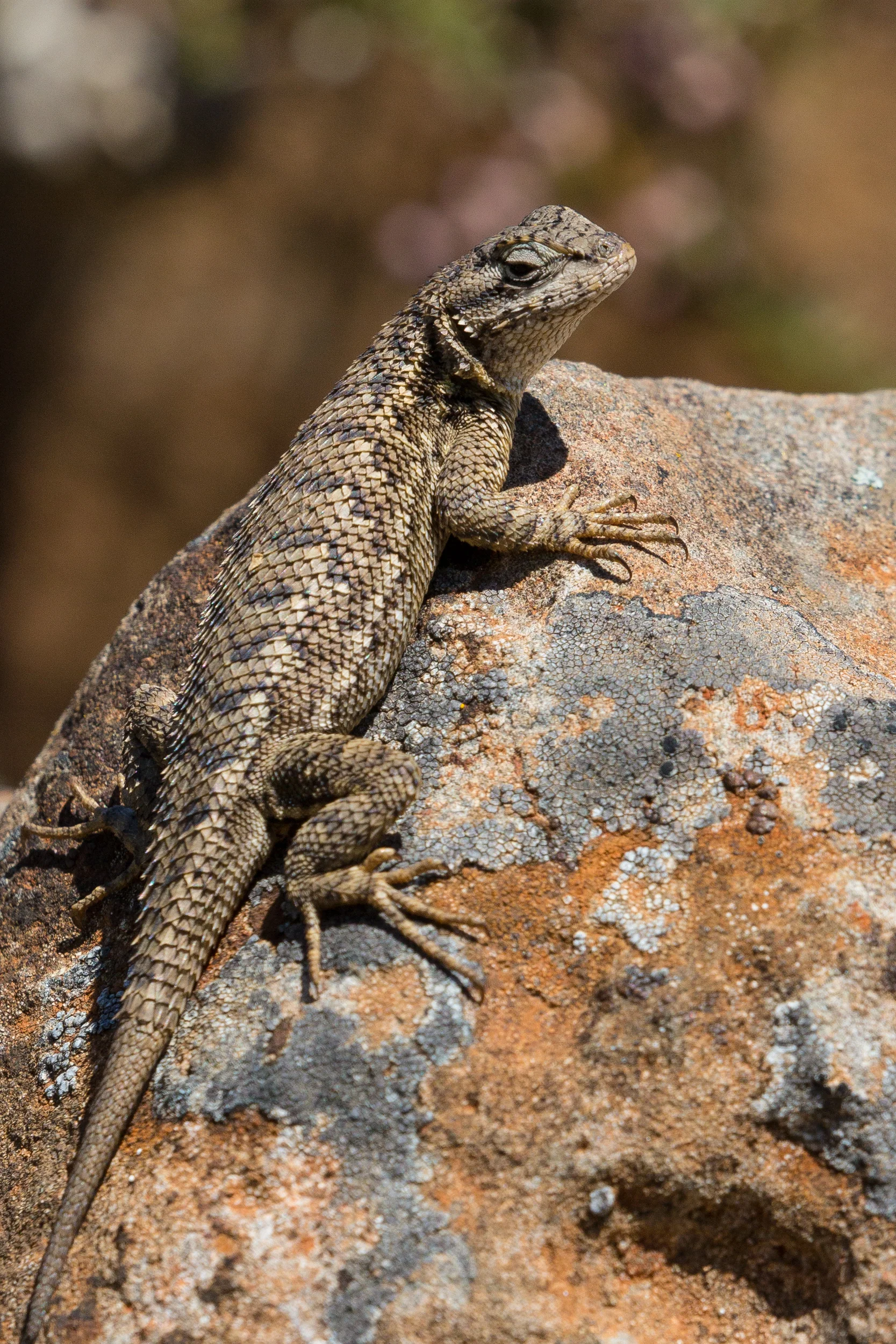We've been spending a lot of time at the UCSC Arboretum lately. We'd heard that a rare white hummingbird was sighted there, so we went to look for it.
We didn't see the white hummingbird on our first few visits, but we kept going back, a couple of times a day, until it eventually appeared. We think it's an Anna's Hummingbird, which is one of the most common species in our area. It is leucistic, which simply means that it has very little pigment in its feathers; unlike an albino, it does have normal pigment in the irises of its eyes. Leucism can be caused by mutations in any of several genes.
While we were there, we took a few shots of the more usual denizens of the arboretum.













































































































































